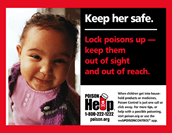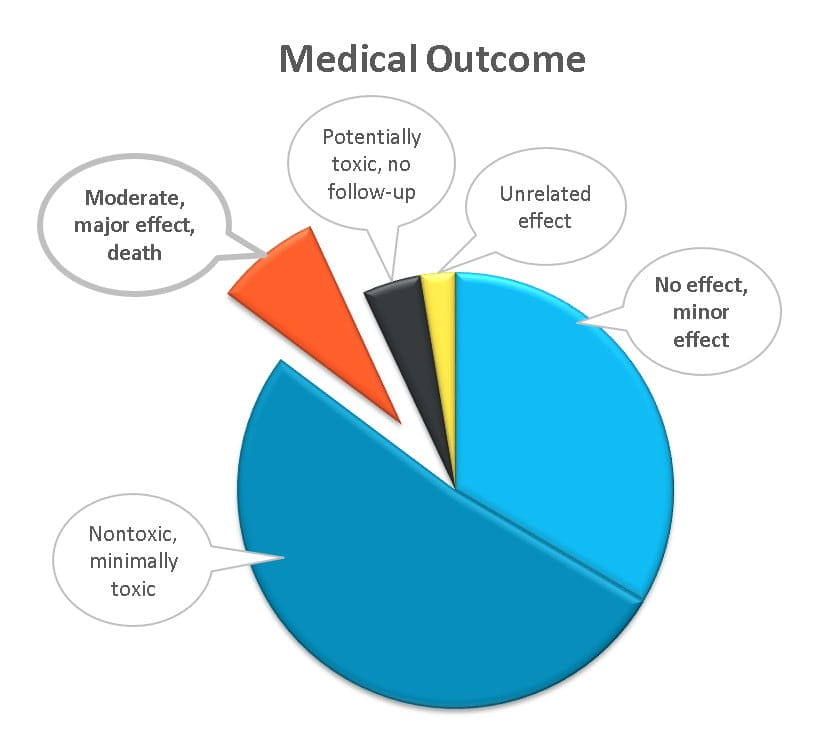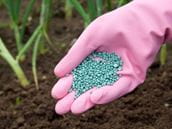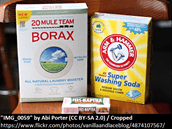
Poison Prevention Materials
Order educational materials about poison prevention
Displaying 201 - 210 of 382 results for "prescription medication label information"
Order educational materials about poison prevention
If it doesn't belong in your eye, it will probably hurt if it gets into your eye - a lot. Irritation, injury, even blindness can result. People get things into their eyes by not reading labels, by using products the wrong way, or by not using protective equipment when it's needed. Rinsing your eyes right away is very important if you get something into them.
Donepezil is frequently prescribed to help treat Alzheimer's dementia. It raises levels of acetylcholine in the brain. That can modestly improve symptoms but also cause numerous adverse reactions and drug interactions. Toxic exposures can occur when patients inadvertently take extra doses and when young children access family members' medications.
Prozac® (fluoxetine) is an FDA-approved, commonly used antidepressant. It can effectively treat several mental health conditions but has side effects such as sexual dysfunction, headaches, insomnia, and dry mouth. Fluoxetine has minimal effects on weight and is fairly safe in pregnancy. It should not be combined with alcohol or recreational drugs.
Most scorpions in the US are not very dangerous, but painful stings are common. However, serious effects can occur following stings from the bark scorpion. Most stings can be initially managed at home with guidance from Poison Control, but if prolonged pain or body-wide symptoms occur, emergency medical treatment should be sought.
Nitazenes are a class of synthetic opioids that are being found more frequently in the illicit drug supply. Fentanyl and similar drugs remain the predominant cause of overdose deaths in the US in 2024. Treatment for opioid use and harm-reduction strategies, such as naloxone (i.e., Narcan) distribution, are important in preventing overdose deaths.
Halloween is a holiday synonymous with costume contests and consumption of sugary candy. Eating certain types of sweets, including black licorice and sugar free candy, may result in unwanted toxic effects for trick-or-treaters. Consumption of cannabis edibles or rainbow fentanyl, which may resemble familiar candy or snack products, can also cause dangerous toxicity.
Spring can be a tough season for lawns. Homeowners sometimes use chemicals to repair winter damage and prepare the lawn for summer's rain, drought, or heat. If you decide to use chemicals to treat your lawn, choose only those chemicals which will treat your specific problem. Handle and store them safely.
Needle spiking involves the secret injection of poisonous substances into unsuspecting individuals and represents a form of drug-facilitated crime. It is a scary concept but it is also fortunately a rare occurrence.
Borax is a mineral-based compound that contains boron. It is commonly used as an industrial chemical, food preservative, and household cleaning product. Borax is not intended for human consumption, and may cause toxic effects when swallowed, inhaled, or applied to the skin. There is minimal evidence supporting the use of borax as an anti-inflammatory agent in humans.
Don't guess what you should do. Get accurate Poison Control answers online or by phone. Both are free and confidential.
or CALL 1-800-222-1222
The Poison Post® is a free, quarterly
e-newsletter delivering poison prevention tips right to your inbox!
Learn the Poison Help jingle in English or Spanish. Use these jingles to teach the Poison Control number: 1-800-222-1222. Available for download.










